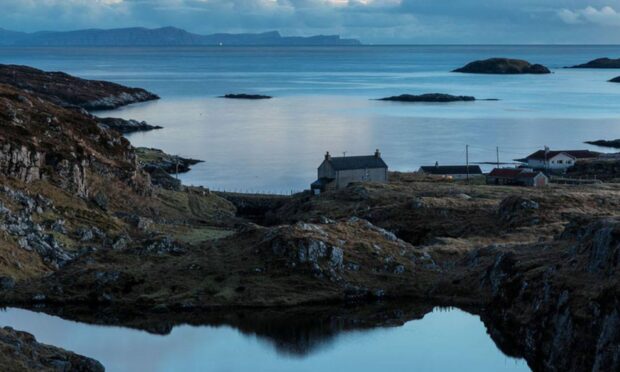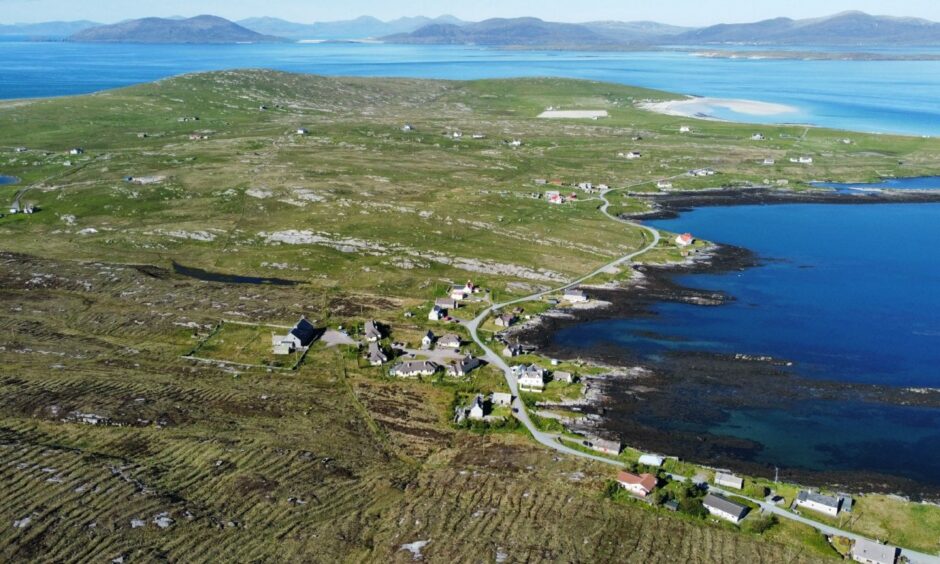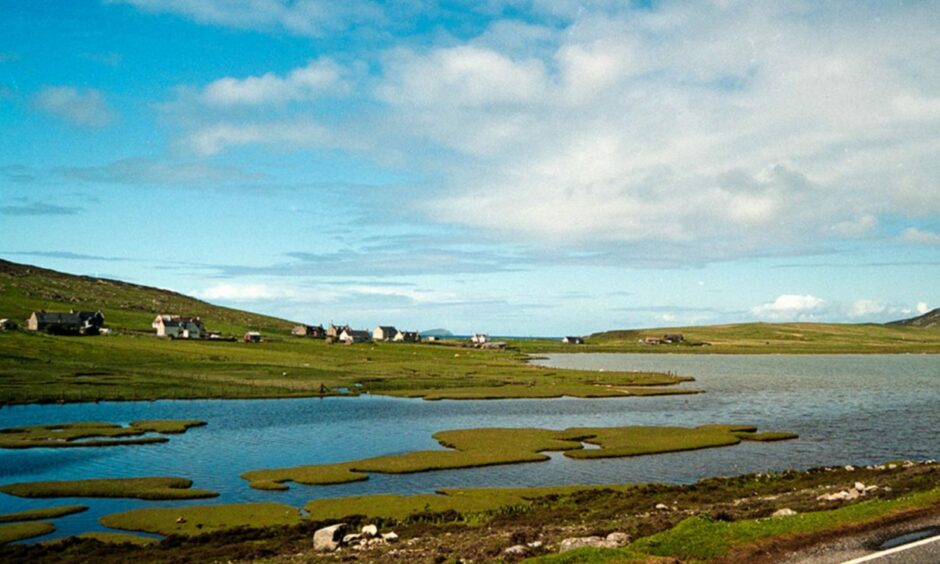Affordable housing, local employment and crofting development are at the heart of a five-year business plan for the Bays of Harris Estate if it comes into community hands.
A postal ballot will be held in September to gauge support for a steering group to begin talks to take over the estate from its current owners.
The business plan has been published ahead of the vote and follows a feasibility study.
It shows that community ownership of the estate, which had an annual income of £84,283 in 2021 is financially viable.
Housing can help reverse decades of depopulation
The business plan envisages community ownership contributing to “a healthy, active and demographically balanced Bays of Harris inspired by, and living sustainably within, this special environment and our Gaelic island culture”.
Key priorities include affordable housing to help reverse decades of depopulation and creating business units to encourage more local employment.
A fund to support crofting development and other community projects is also proposed.
Based on the business plan’s five-year projections, consultants calculate the estate will have a surplus of over £81,000 at the end of year five after investing in housing and putting £80,000 into crofting and community projects.
They add: “It is apparent that the Bays of Harris Estate is financially viable whilst at the same time delivering significant community and crofting benefit across the estate”.
Steering group chairman John Maher said publication of the business plan marks an important step forward in investigating the feasibility of community ownership.
“The plan shows that community ownership is both financially viable and can play a major role in delivering urgently needed affordable housing and business space in the area, as well as supporting crofting development and community projects across the estate as a whole.
“The next stage of the process is to gauge residents’ support for negotiating a community buyout of the estate from the current owners.
“We look forward to postal ballot papers being issued at the end of August to enable that assessment to happen”.
The estate was formed in 1925 when Lewis and Harris were split into lots and sold following the death of the previous proprietor, Lord Leverhulme.
Estate owners willing to discuss a sale
The Hitchcock family purchased one of the lots which includes the Bays on the east side of Harris, Northton on the west and the island of Berneray.
The 27,000 acres are almost all in crofting tenure, with 274 crofts in 28 townships.
Following years of discussions, the current owners indicated that, if there is a decisive vote for a community buyout, they are willing to negotiate a sale.
Harris has seen population decline for generations, falling from 5,449 in 1911 to 2,054 in 2011.
The population of the estate area fell by 3% from 2001 to 2011, compared to a 4.6% increase across Scotland.
The demographic challenge is linked to a housing problem with consultations hearing of a lack of affordable housing, especially for young people.
Many cannot afford to buy on the market because of the demand for holiday homes.
A buyout in the Bays of Harris would add to the already widespread community ownership in the Outer Hebrides.
More than 50% of the land in the islands is now in community ownership, with over 70% of people living on community-owned land.
Earlier this year Stuart Black, chief executive of Highlands and Islands Enterprise, said putting more land in community hands could help address rural housing issues.
He said additional community ownership and affordable homes will help tackle the historic problem of depopulation in remote and island areas.
Are you interested in more exclusive and breaking Highland and Islands news from the P&J? If so, why not join our dedicated Facebook page HERE



Conversation